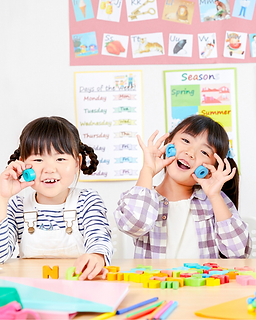
17 May 2025
Tapping into your wisdom (Strategies that help you find yourself again)
Imagine standing at the edge of a quiet lake, the surface so still it mirrors the sky above. You drop a pebble, and ripples spread outward—this is how visualization in mindfulness works. It creates waves of insight, reaching deep into the mind’s hidden corners, bringing clarity, self-awareness, and transformation.
The Hidden Compass: Your Wise Mind
Every person carries within them a profound source of wisdom—their wise mind. It is the space where logic meets intuition, where gut feeling aligns with reason. Yet, in the noise of daily life, most people have lost touch with this inner guide. Visualization is a bridge back to it.
Scientific research has begun to affirm what ancient contemplative traditions have long known: the mind responds to imagined experiences as if they were real. Studies using fMRI scans show that when we visualize an experience, our brain activates the same neural pathways as if we were actually living it. This means that by simply imagining calmness, confidence, or clarity, we can physically and emotionally embody those states.
Why Visualization Works: The Neuroscience of the Mind’s Eye
The power of visualization in mindfulness is rooted in the brain’s ability to reshape itself—neuroplasticity. When you regularly engage in guided imagery, your brain strengthens the neural connections associated with focus, resilience, and emotional balance.
Consider a study from Harvard University: participants who visualized themselves practicing piano scales showed nearly identical brain changes to those who physically played them. This underscores an incredible truth—your mind is not bound by physical limitations. If it can practice music without touching an instrument, it can also cultivate peace, confidence, and clarity through mindful visualization.
Techniques to Unlock Your Inner Wisdom
The Wise Mentor VisualizationClose your eyes and imagine a mentor—real, historical, or entirely from your imagination. This figure embodies wisdom, calm, and insight. Visualize them sitting with you, offering guidance. What do they say? What does their presence feel like? Often, the answers they provide are reflections of your own deeper knowing.
The Safe Haven ExercisePicture a place where you feel completely safe and at ease. It could be a forest, a cozy library, or even a childhood memory. Imagine yourself there, breathing deeply, letting go of stress. The more vividly you experience this space, the more your mind will associate it with calmness, allowing you to access peace whenever needed.
The Mirror of TruthImagine standing in front of a mystical mirror. This mirror does not show your physical reflection but reveals your inner wisdom. Ask yourself a question you’ve been struggling with. Watch as words, images, or sensations emerge in response. Trust what appears—it is your subconscious communicating in its own language.
The Future Self ProjectionPicture yourself five years into the future, having overcome your current struggles. What does this wiser version of you look like? What advice would they give you? This technique not only fosters insight but also builds motivation and resilience.
Beyond the Mind: The Impact on Everyday Life
Harnessing visualization in mindfulness is not just about relaxation—it’s about transformation. Athletes use it to improve performance, CEOs to enhance decision-making, and therapists to guide clients through trauma recovery. The same tool can help you navigate life’s uncertainties with clarity and confidence.
Studies at Stanford University show that guided imagery significantly reduces stress, improves emotional regulation, and enhances cognitive function. A group of students who practiced visualization before exams performed better and reported less anxiety than those who didn’t. This is because the brain, when familiarized with a positive scenario, is less likely to trigger a stress response in real situations.
Reclaiming the Answers Within
Most people seek answers outside—books, experts, endless Google searches—forgetting that the most profound solutions often lie within. Your mind is not a chaotic storm but a vast ocean with hidden depths of wisdom. Visualization in mindfulness is the key to diving below the surface, discovering insights you never knew you had.
So, the next time you feel lost or overwhelmed, close your eyes. Step into the realm of your imagination, and listen. Your wise mind is always speaking—you just have to learn how to hear it.
You might also like...
3 Fun Ways to Teach Communication in Classrooms
The Surprising Psychology of Puzzles
Why Mindfulness Worksheets Help Kids Regulate Emotions


